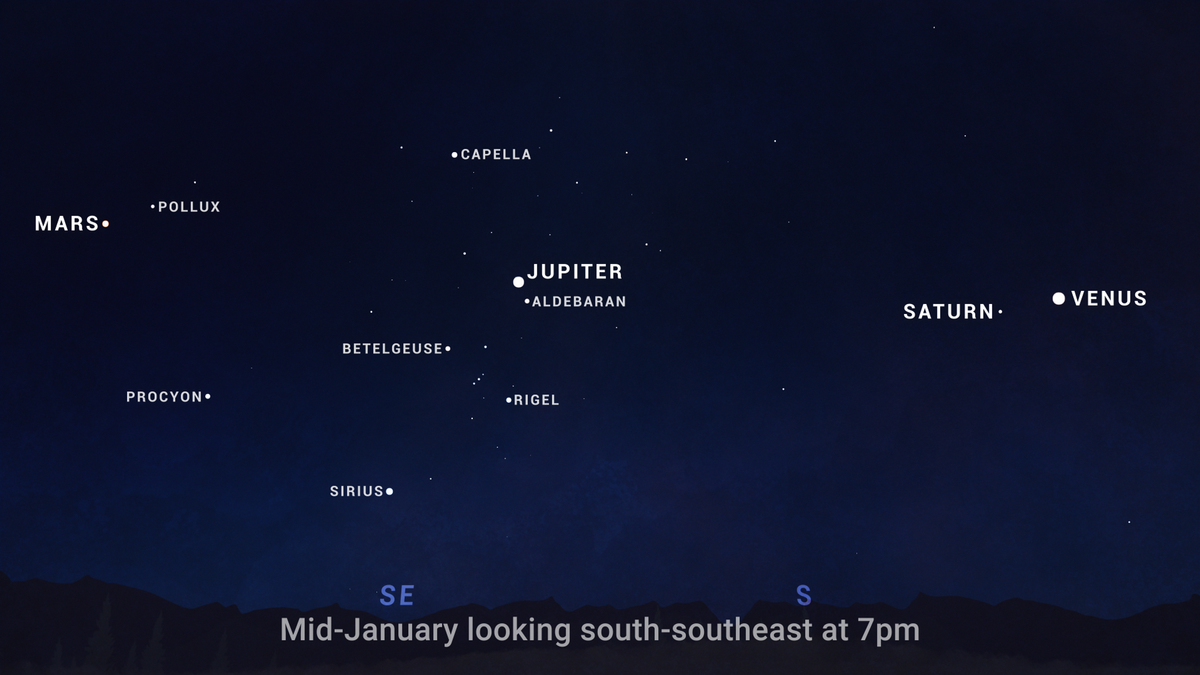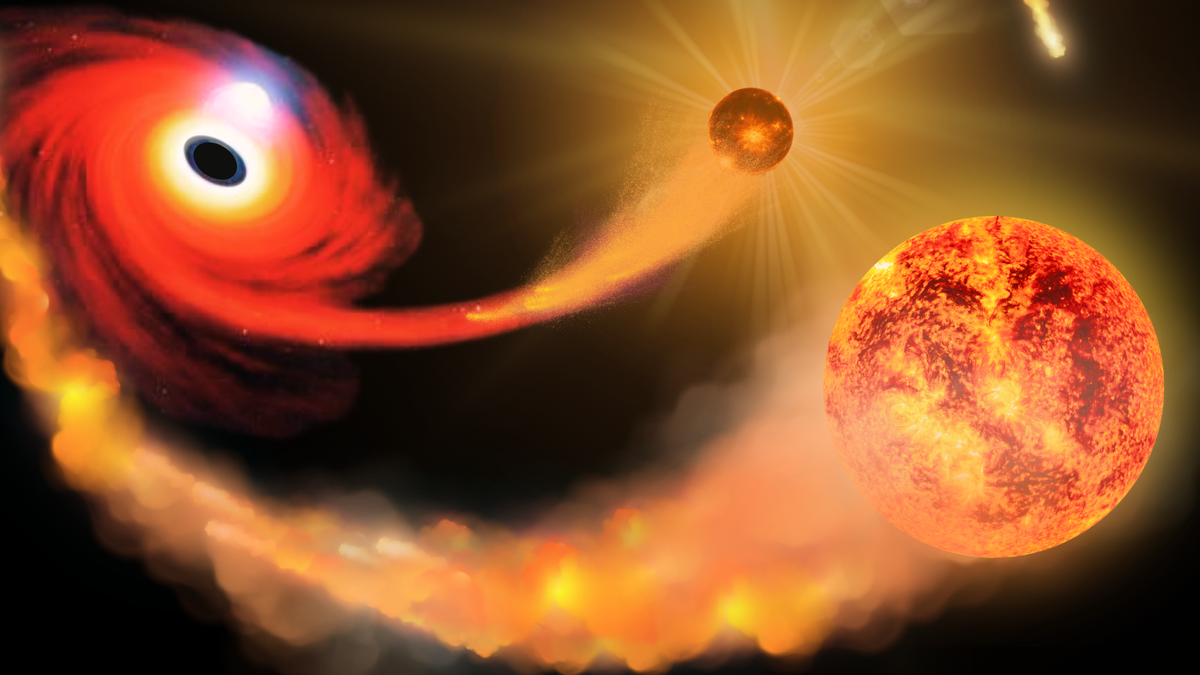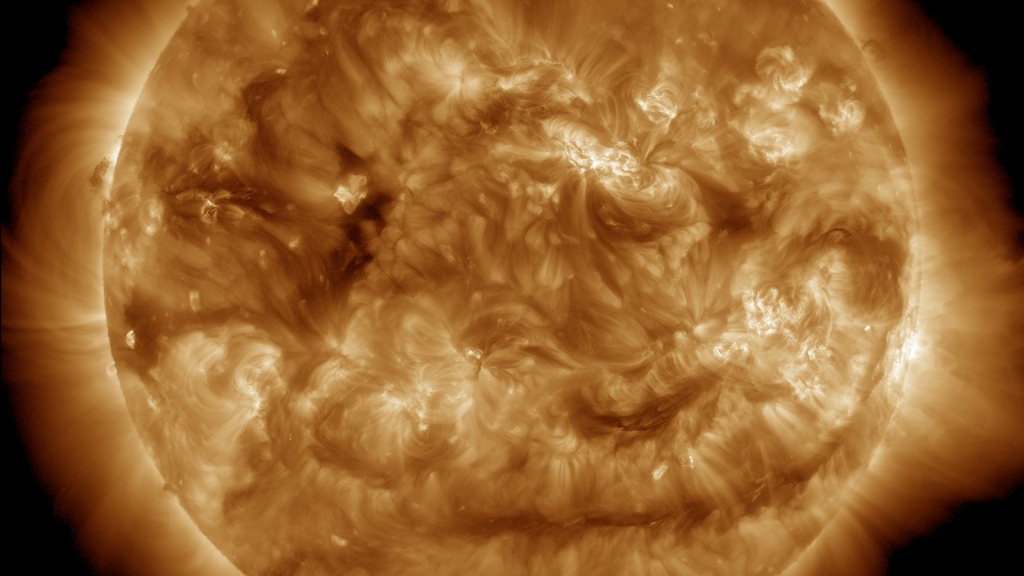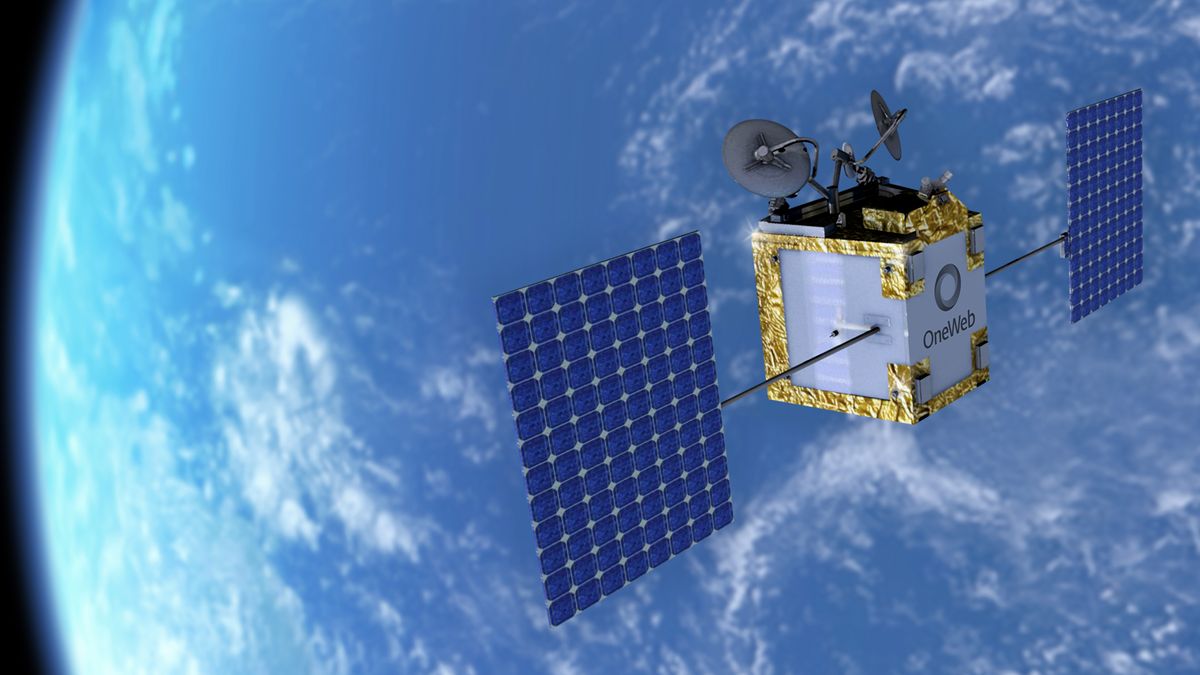The moon will pass closely by Jupiter this evening (Jan. 10), meeting up with the gas giant in the constellation Taurus.
The not-quite-full moon will pass within about five degrees of Jupiter, making its closest approach to the planet at 4:45 p.m. EST (2145 GMT). (Your clenched fist held at arm's length covers about 10 degrees of sky.) The bright pair will be visible in the evening sky shortly after the sun sets, according to In-the-Sky.org.
For New York City viewers, the moon and Jupiter will peek up into view around 5:06 p.m EST (2206 GMT), appearing 34 degrees above the eastern horizon. The pair will reach their highest point in the night sky at 9:14 p.m. EST (0214 GMT on Jan. 11), sitting about 70 degrees above the southern horizon. The moon and Jupiter — the solar system's largest planet — will remain visible into the early morning of Jan. 11, until they sink below the western horizon around 3:47 a.m. EST (0847 GMT).
Both the moon and Jupiter will be in the Taurus constellation during the close approach, appearing as two bright points above the red supergiant star Aldebaran, the brightest star in the constellation and thus referred to as the eye of the bull.
At 11 days old in its lunar cycle, the moon will be in its waxing gibbous phase, with around 92% of its disk illuminated by sunlight. The moon will have a magnitude of minus 12.6, while Jupiter will have a magnitude of minus 2.7 (lower and/or negative numbers indicate brighter objects in the sky). At this brightness, the moon will outshine the planet and appear larger in the night sky, given it is much closer to Earth than Jupiter, the fifth planet from the sun.
Related: Night sky, January 2025: What you can see tonight [maps]
Final thoughts
During their close approach, also known as an appulse, the pair will enter a celestial arrangement that astronomers call a conjunction. This means that when viewed from Earth the two bodies share the same right ascension, which is the astronomical equivalent of longitude in the sky. While the pair will be bright enough to be seen by the naked eye, they will be too widely separated to fit within the field of view of a telescope or pair of binoculars.
If you're looking for binoculars or a telescope to observe the moon and Jupiter, our guides for the best binoculars and the best telescopes have options that can help. Be sure to also check out our guides for tips on how to photograph the planets or photograph the moon during tonight’s close approach.
Editor's Note: If you snap a good photo of the celestial pair and would like to share it with Space.com's readers, send your photo(s), comments, and your name and location to [email protected].
.png)
 6 hours ago
4
6 hours ago
4



































 Bengali (BD) ·
Bengali (BD) ·  English (US) ·
English (US) ·